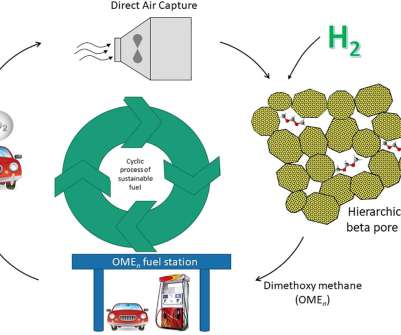Jülich evaluation of power-to-fuels recommends DME, OME3-5 and n-alkanes as diesel substitutes
Green Car Congress
JULY 13, 2017
An evaluation of the implementation possibilities of power-to-fuel (PTF) technologies by a team from Forschungszentrum Jülich GmbH in Germany recommends the PTF products DME, OME 3-5 and n-alkanes as suitable diesel alternatives for the transportation sector. In addition, fossil diesel would no longer be required.


















Let's personalize your content